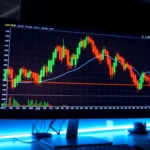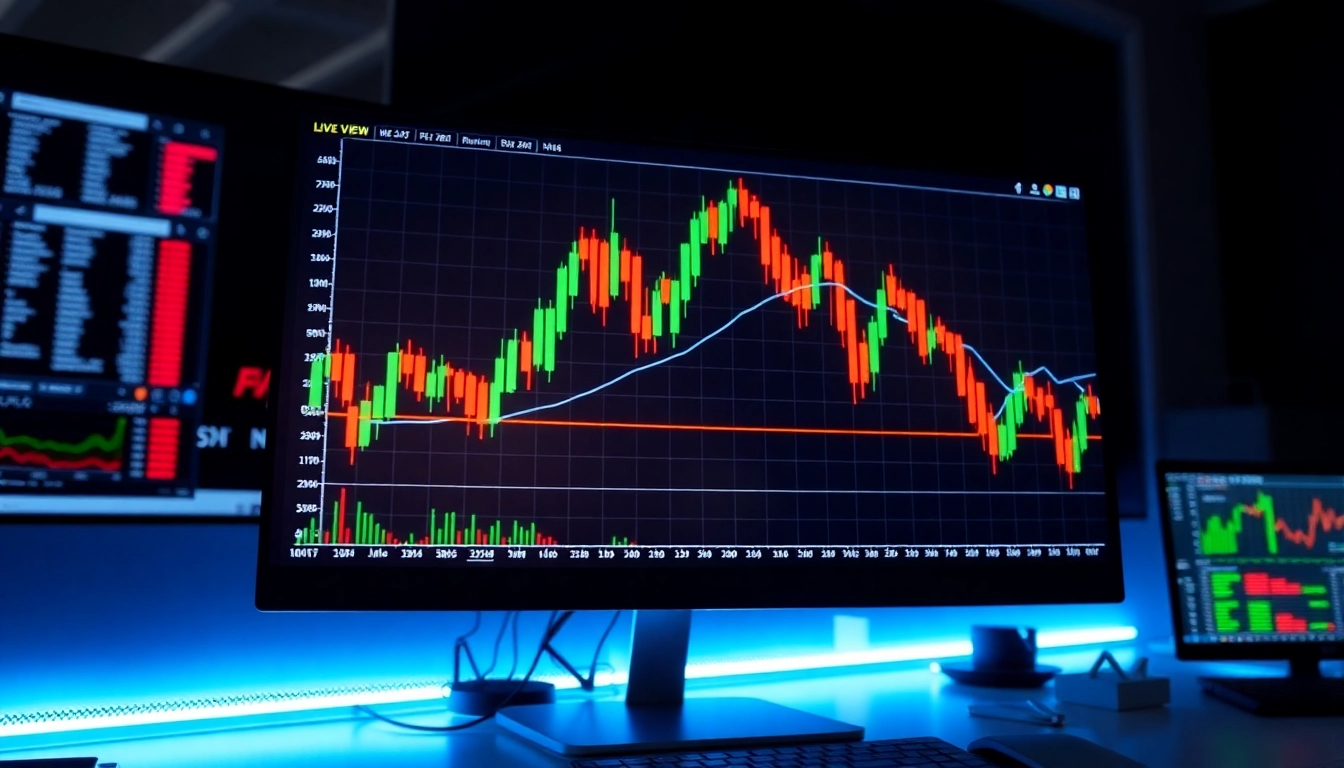Mastering Trading View: A Comprehensive Guide to Advanced Market Analysis
In today’s fast-paced financial markets, having access to precise, real-time data and powerful analytical tools is crucial for traders and investors striving for consistent success. One platform that has revolutionized market analysis and trading strategies is trading view. Recognized for its robust charting capabilities, social features, and extensive data integration, TradingView has established itself as an indispensable resource for both novice and seasoned market participants. This guide aims to provide an in-depth exploration of TradingView’s core and advanced features, techniques for effective analysis, and strategies to optimize your trading workflow.
Introduction to Trading View and Its Core Features
Understanding the Trading View Platform
TradingView is a comprehensive financial analysis platform that combines advanced charting tools, social networking functionalities, and real-time data streams. It caters to traders across global markets, including stocks, cryptocurrencies, forex, futures, and commodities. Its intuitive interface and customizable workspace make it accessible to beginners, while its sophisticated features attract professional traders seeking detailed insights. As an open cloud-based platform, it allows users to access their setups from any device, fostering seamless flexibility.
Key Charting Tools and Indicators
At the heart of TradingView lies its powerful charting interface, which offers an array of tools such as candlestick, bar, and line charts. Users can overlay technical indicators—like Moving Averages, RSI, MACD, Bollinger Bands—and combine them to generate predictive signals. The platform’s extensive library supports custom scripts via Pine Script, enabling traders to develop tailored indicators and strategies. Additionally, real-time data feeds ensure that traders stay abreast of market movements without delays.
Setting Up Your Trading Environment
Upon registering, traders can customize their workspace by adding multiple charts, watchlists, and news feeds. Creating personalized layouts tailored to specific asset classes or trading styles enhances efficiency. Alerts can be set based on price movements or indicator conditions, enabling timely decision-making. Integrating brokerage accounts directly into TradingView allows for streamlined trading execution. The platform’s mobile apps further extend usability, ensuring traders remain connected in dynamic market environments.
Effective Techniques for Trading View Analysis
Reading Candlestick and Bar Charts
Candlestick charts are invaluable for visualizing price action, revealing patterns such as Doji, Hammer, Engulfing, and Shooting Stars. Recognizing these formations provides insights into market sentiment and potential reversals. Bar charts, offering detailed open-high-low-close (OHLC) data, complement candlestick analysis. Combining these tools enables traders to gauge the strength of trend continuation or reversal with precision.
Using Technical Indicators for Predictive Insights
Indicators serve as the backbone of technical analysis. Moving averages help identify trend directions, while oscillators like RSI and Stochastic gauge overbought or oversold conditions. MACD offers momentum insights through signal line crossovers, and Bollinger Bands provide volatility context. By thoughtfully combining multiple indicators, traders can filter false signals and improve predictive accuracy. For example, spotting a bullish divergence on RSI while price hits support can signal a strong buy opportunity.
Identifying Support and Resistance Levels
Support and resistance levels mark key price zones where reversals or consolidations often occur. Drawing horizontal lines across previous swing lows and highs is a fundamental technique. Advanced traders utilize Fibonacci retracement levels, pivot points, or trendlines to refine these zones. Monitoring how price interacts with these levels helps in timing entries and exits, as well as setting stop-loss and take-profit targets. Integrating volume analysis can validate these levels, adding another layer of confirmation.
Advanced Trading View Strategies
Creating Custom Alerts and Watchlists
Custom alerts are pivotal for timely reactions to market movements. Users can set alerts based on price triggers, indicator conditions, or custom Pine Script strategies. For instance, an alert can notify you when a Moving Average crossover occurs, signaling a potential trend shift. Watchlists streamline monitoring multiple assets simultaneously, allowing traders to organize and categorize assets based on sectors, strategies, or performance metrics.
Integrating Multiple Data Sources for Comprehensive Analysis
Combining TradingView charts with external data sources like economic calendars, news feeds, and sentiment analysis enhances decision-making. Advanced traders often incorporate data from sources such as Trading Economics or social media sentiment tools to gauge macroeconomic trends and market mood. Using multiple data inputs enables more holistic analysis, reducing reliance on solely technical signals.
Backtesting and Simulation for Strategy Refinement
Backtesting involves applying trading strategies over historical data to evaluate performance. TradingView’s stratagem editor allows users to develop and test Pine Script-based algorithms, providing metrics such as profit/loss, drawdown, and win rate. Simulations facilitate refining entry and exit rules before deploying live. Continuous testing and adjustment help identify robust strategies resistant to market variability.
Optimizing Performance and User Experience
Tips for Mobile and Desktop Optimization
Maximizing efficiency involves customizing interfaces suited to your device. Desktop versions support multi-monitor setups, enabling simultaneous analysis of multiple charts. On mobile, setting up customizable shortcuts and alerts allows rapid response to market signals. Synchronizing setups across devices ensures consistency and reduces learning curves and operational delays.
Enhancing Visualization and Workflow
Using color schemes, chart templates, and annotation tools aids clarity. Organizing layouts into folders or tabs for different markets or strategies improves navigation. Hotkeys and automation scripts can expedite repetitive tasks, freeing mental bandwidth for strategic analysis. Regularly reviewing and optimizing your workspace ensures alignment with evolving trading objectives.
Managing Data Privacy and Security
While TradingView emphasizes user security, traders should adhere to best practices like enabling two-factor authentication, safeguarding login credentials, and cautious sharing of private strategies online. Regular software updates and malware protection further safeguard your data. Understanding privacy policies ensures transparency about data sharing practices.
Next Steps for Traders and Investors
Leveraging Social Features and Community Ideas
TradingView’s social platform fosters community-driven insights. Reviewing and engaging with public ideas, strategies, and chat discussions expands your market perspective. Contributing your analyses can attract feedback and collaboration opportunities, enriching your trading approach.
Adopting Continuous Learning and Updates
The financial landscape constantly evolves. Regularly exploring new features, updates, and educational resources on TradingView keeps your skills sharp. Webinars, tutorials, and forums are excellent avenues for ongoing development.
Implementing Strategies for Consistent Success
Sound risk management, disciplined adherence to developed strategies, and constant evaluation underpin trading success. Use TradingView’s analytical tools to monitor performance, adapt to changing markets, and refine your approach continually. Success stems from disciplined analysis, strategic planning, and leveraging cutting-edge tools like TradingView effectively.










